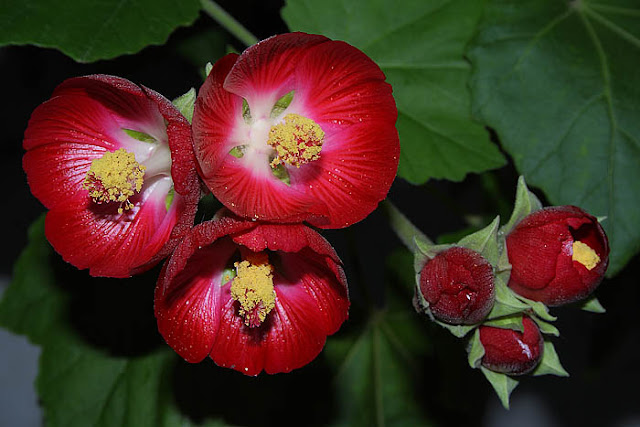In my humble opinion any garden worth its salt should have a Bougainvillea hedge.
Bougainvillea is a genus of flowering plants native to South America from Brazil west to Peru and south to southern Argentina (Chubut Province). The plant was classified by Europeans in Brazil in 1768, namely by
Philibert Commerçon, a French botanist accompanying French Navy admiral and explorer
Louis Antoine de Bougainville during his voyage of circumnavigation. Shouldn't it be named after the man who classified it, rather than upper class invader?
Bougainvilleas are thorny, woody vines up to 1-12 meters tall, scrambling over other plants with their spiky thorns. The thorns are tipped with a black, waxy substance. They are evergreen unless there is a dry season and bloom almost all year round.
The actual flower of the plant is small and generally white, but each cluster of three flowers is surrounded by three or six bracts with the bright colours that make the plant so attractive: pink, magenta, purple, red, orange, white, or yellow. The fruit is a narrow five-lobed achene.
 |
Purple Bougainvillea bracts and flowers
(© LightColourShade. All rights reserved) |




+flowers+and+buds.jpg)



+flowers+in+the+street+lamp+light.jpg)
